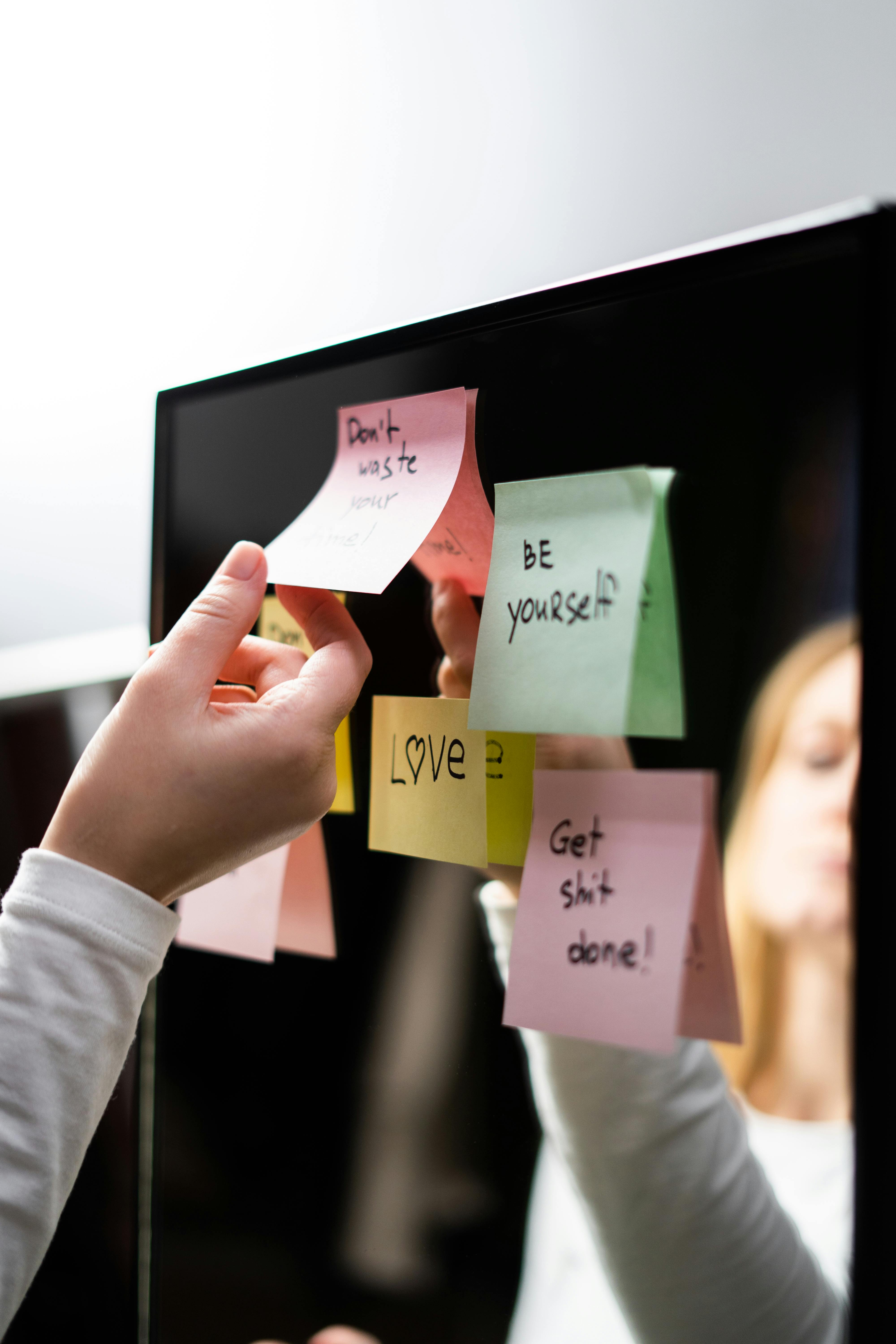Mastering Quick Mindfulness Tips for Daily Balance
In our fast-paced world, stress and distractions can feel overwhelming. Quick mindfulness tips offer a powerful solution to regain focus and mental clarity without requiring hours of practice. This article will guide you through foundational concepts, practical steps, and advanced strategies to integrate mindfulness into your daily life for lasting well-being and productivity.

Understanding the Fundamentals
Mindfulness is the practice of being fully present and engaged in the moment without judgment. It originates from ancient Buddhist traditions and has been embraced by modern psychology for its mental health benefits. These quick mindfulness tips are distilled practices drawn from centuries of wisdom tailored for today’s busy lifestyle.
Understanding the basics is essential because they form the building blocks for consistent mental clarity. Think of mindfulness as exercise for your brain—it strengthens focus, improves emotional regulation, and reduces stress when practiced regularly, even in short bursts.
1.1 Awareness and Attention
At its core, mindfulness is about cultivating awareness. This means noticing your thoughts, feelings, and surroundings without reacting impulsively. Studies show that just five minutes of focused breathing can significantly decrease cortisol levels, the hormone responsible for stress.
Practicing this can be as simple as taking a pause before responding in a conversation or noticing the flavor of your coffee. A common misconception is that mindfulness requires you to empty your mind—on the contrary, it encourages you to observe it.
1.2 Present Moment Engagement
Mindfulness differs from general relaxation by requiring active presence. Unlike zoning out with a movie or music, mindful presence means being deeply engaged with what’s happening now.
For example, mindful walking involves paying attention to each step, the sensation of your feet touching the ground, and your breath. This active practice trains your brain to stay grounded during moments of stress or chaos.
Practical Implementation Guide
Now that we’ve laid the foundation, it’s time to apply these quick mindfulness tips in real life. Regular practice leads to noticeable benefits within days. By setting small, consistent routines, you can build long-lasting habits of calm and clarity.

2.1 Actionable Steps
- Start with breathwork: Begin your day with three deep breaths. Inhale for four counts, hold for four, exhale for six. Repeat for 2–5 minutes.
- Set mindful reminders: Use sticky notes or phone alerts with phrases like “Be here now” to refocus throughout the day.
- Evening reflection: Spend five minutes journaling what you noticed today. Include how you felt, reacted, or stayed present.
2.2 Overcoming Challenges
Common roadblocks include distraction, skepticism, and lack of time. Here’s how to handle them:
- Distraction: Use a timer and start small—just one minute counts.
- Skepticism: Track how you feel before and after. Let results speak for themselves.
- Time constraints: Stack mindfulness onto existing routines like brushing teeth or commuting.
Watch for warning signs like frustration or giving up too early. Experts recommend making the habit enjoyable—use soothing music or incorporate nature elements to ease into practice.
Advanced Applications
Once you’ve established a basic routine with quick mindfulness tips, you may be ready to explore deeper practices. These advanced techniques can amplify the benefits and introduce new dimensions of self-awareness and emotional control.

3.1 Body Scan Meditation
This technique involves mentally scanning your body from head to toe, noting sensations without judgment. It improves awareness of tension and promotes deep relaxation. A Harvard study found that body scan meditation can significantly lower heart rate and blood pressure.
Practicing this for just 10 minutes before bed can improve sleep quality and aid physical recovery. It’s particularly effective for managing chronic pain or anxiety.
3.2 Mindful Communication
This involves applying mindfulness during conversations—listening without interrupting, observing tone, and responding with intention. It’s a transformative skill in personal and professional settings.
When integrated with conflict resolution practices, mindful communication enhances empathy and reduces misunderstandings. Compatibility with leadership training and therapy makes it versatile and valuable.
Future Outlook
The rise of digital mindfulness tools is reshaping how we practice. Apps, AI-guided meditations, and virtual reality experiences are making mindfulness more accessible and customizable than ever before.
Experts predict that by 2030, mindfulness will be a core part of wellness curriculums in schools and workplaces. Readers can stay ahead by cultivating habits now and staying open to evolving tools and techniques.
Conclusion
Quick mindfulness tips are not just trendy—they’re scientifically backed methods for improving focus, emotional health, and quality of life. By learning the fundamentals, implementing simple routines, and exploring advanced strategies, anyone can unlock their full mental potential.
Start small, be consistent, and notice the transformation. Mindfulness is a journey of awareness—and it begins with one breath. Begin today and experience the clarity you’ve been searching for.
Frequently Asked Questions
- Q: What is mindfulness in simple terms? Mindfulness means being aware of what you’re doing and feeling in the present moment without judgment—like focusing on your breath or sensations during a task.
- Q: How do I get started with mindfulness? Begin with short daily breathing exercises and increase gradually. Use timers or reminders to stay consistent.
- Q: How much time does mindfulness require? Just 5–10 minutes a day can deliver benefits. Over time, you may naturally extend sessions as it becomes part of your lifestyle.
- Q: Is mindfulness expensive? Not at all. Most techniques are free and require no tools. Optional investments include apps or courses for guided support.
- Q: How does mindfulness compare to meditation? Mindfulness is a form of meditation but can also be practiced outside formal sessions—like mindful eating or walking.
- Q: Is mindfulness difficult to learn? It’s simple but requires consistency. The learning curve is low, and results build over time with regular practice.
- Q: Can mindfulness help in the workplace? Absolutely. It boosts focus, reduces burnout, and enhances communication—valuable in all professional settings.
